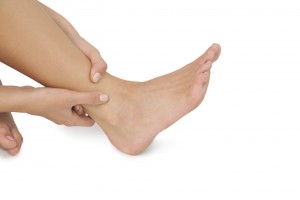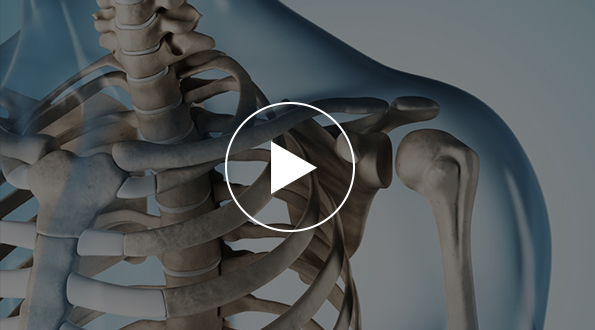
As much as 85% of ankle sprains are inward injuries affecting the lateral ligaments of the ankle, while 5% are outward and the other 10% are referred to as “high ankle” sprains.
Grade I sprains involve a stretching of the ligaments within the ankle joint, resulting in mild pain and swelling. Patients are usually able to bear weight on the affected ankle with a Grade I sprain.
Grade II ankle sprains involve a partial tearing of the ligaments in the joint, and usually result in a moderate amount of swelling. There may be some laxity in the joint but a firm edge will still be intact. Patients may be able to bear weight but find it quite painful.
Grade III ankle sprains are the most severe, involving a complete tear of the ligaments and causing severe swelling. Ankle instability can be detected by the doctor during a physical examination, and bearing weight on the joint is difficult.
For most patients, an ankle sprain can be treated using conservative methods recommended by your doctor. Surgery can usually be avoided in all but the most severe cases. The treatment of ankle sprains is broken down into three separate phases:
Phase 1 is known as the acute phase, and usually takes place the first week after the injury. During Phase 1, the doctor aims to minimize swelling and help patients walk normally, which may be done using a combination of treatments such as rest, ice, compression and elevation (the RICE method). The ankle may be placed in a walking case or boot and may need crutches as well. Anti-inflammatory medications may be recommended as well during this time.
Phase 2 is considered the recovery phase of the injury, and may last for one to two weeks, depending on the extent of each patient’s individual condition. During Phase 2, the doctor aims to keep the damaged ligaments protected as they heal and to help restore normal function to the ankle. This can be done through therapeutic exercises designed to improve motion, strength and balance.
Phase 3 is known as the functional phase of recovery, and usually lasts for several weeks or months, depending on the severity of the injury. This phase aims to restore patients back to their previous level of activity. Through customized progressive exercises, patients can achieve a full range of motion and increasing strength and power.
 The Achilles tendon is the largest tendon in the human body and can withstand forces of 1,000 pounds or more. Achilles tendinitis or tendinopathy is an inflammatory and degenerative condition that usually results from chronic repetitive stress.
The Achilles tendon is the largest tendon in the human body and can withstand forces of 1,000 pounds or more. Achilles tendinitis or tendinopathy is an inflammatory and degenerative condition that usually results from chronic repetitive stress.
Treatment includes medications, physical therapy, stretching and supportive shoe wear. In some resistant cases, a minimally invasive surgery using Ultrasound guided imaging called the TENEX Fast procedure is performed to relieve pain.
Plantar fasciitis is the most common cause of heel pain and occurs when the strong band of tissue that supports the arch of your foot becomes inflamed. The plantar fascia is designed to absorb the stresses and strains we place on our feet. But, sometimes, too much pressure damages or tears the tissues. The body’s natural response to injury is inflammation, which results in the heel pain and stiffness of plantar fascia.
Treatment includes wearing a Strassbourg sock while sleeping, stretching, physical therapy, and cortisone injections. If the condition does not improve and becomes chronic then a minimally invasive surgery using Ultrasound guided imaging called TENEX Fast procedure is performed to relieve the pain.

